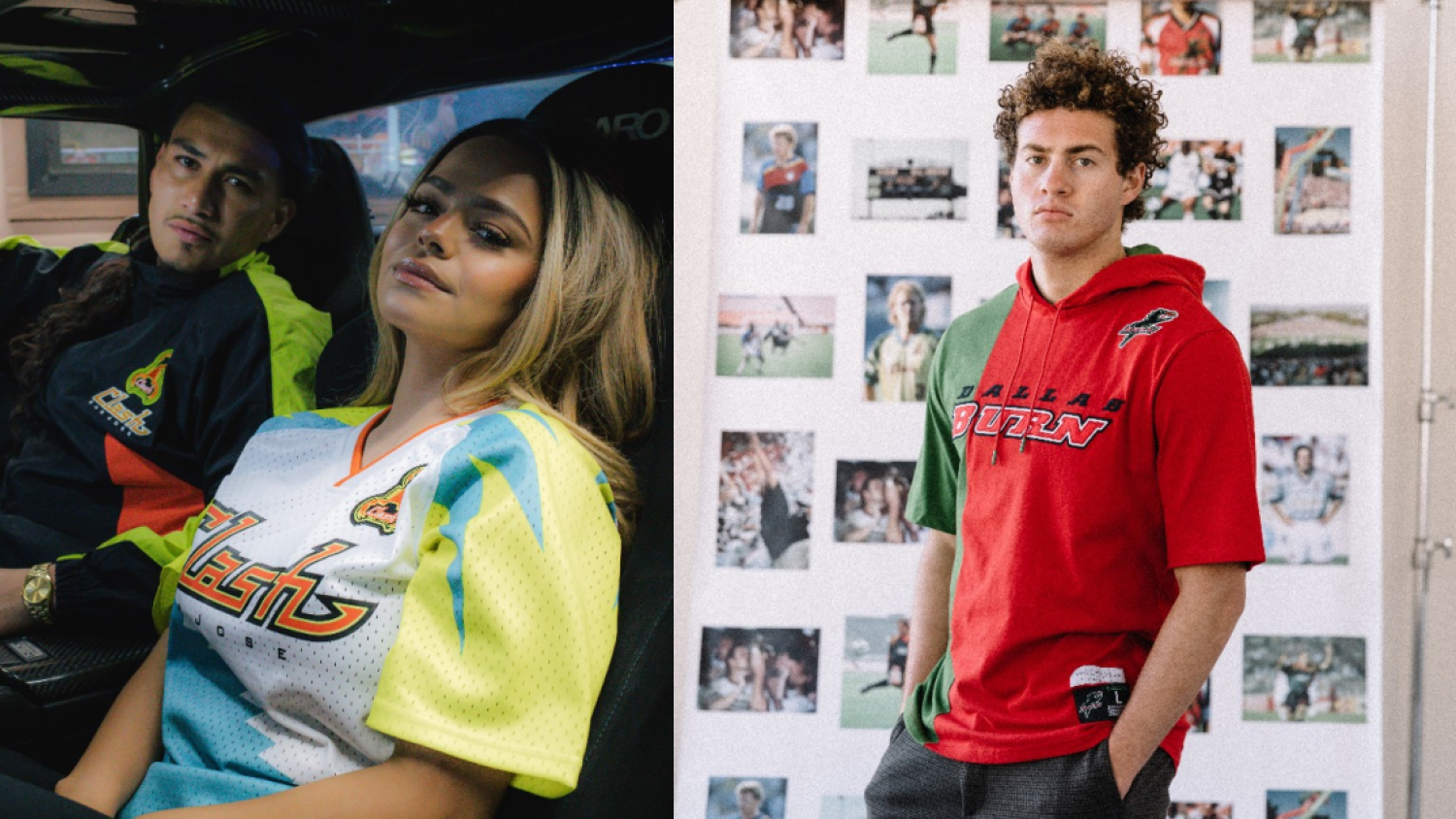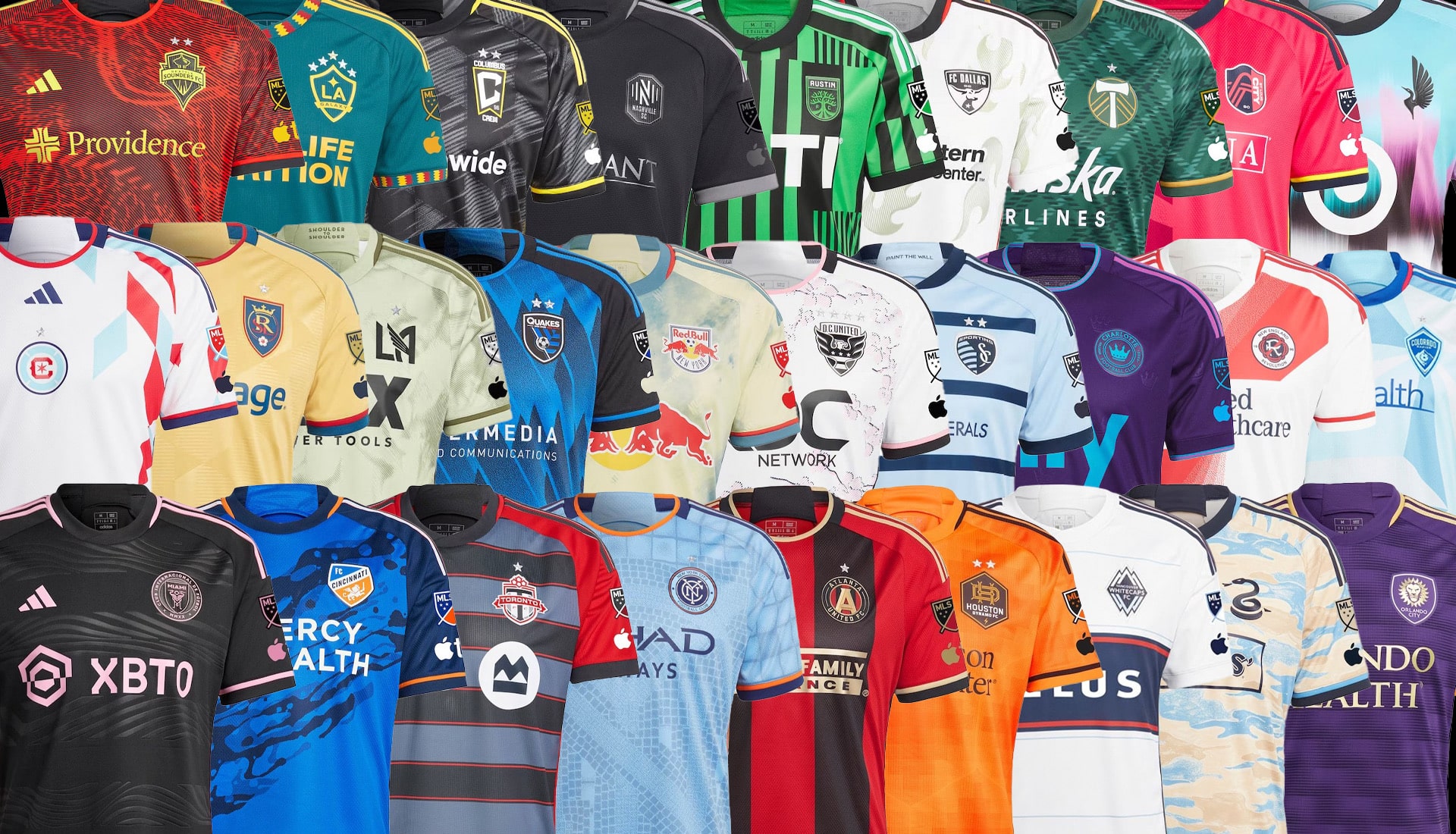Historical Evolution of MLS Retro Kits

Mls retro kits – The resurgence of retro kits in Major League Soccer (MLS) has been a captivating phenomenon, evoking nostalgia and igniting fan fervor. This trend traces its roots back to the league’s inception in 1996, when teams sought to establish a distinct identity while paying homage to the rich soccer history of their respective cities and regions.
MLS retro kits have captured the nostalgia of soccer enthusiasts, transporting them back to the glory days of the sport. Like the legendary Jacoby Jones , who ignited the field with his electrifying speed and determination, these kits evoke memories of iconic moments.
Their vibrant colors and classic designs pay homage to the past, while simultaneously celebrating the evolution of soccer in the present day.
In the early years of MLS, retro kits were primarily inspired by the iconic jerseys worn by legendary clubs in Europe and South America. As the league matured, teams began to delve into their own archives, resurrecting designs that had been dormant for decades. These retro kits not only showcased the evolution of MLS fashion but also served as a tangible link to the past, connecting fans with the legacy of their favorite clubs.
The allure of MLS retro kits extends beyond nostalgia, evoking memories of iconic players and legendary matches. These kits, adorned with vibrant colors and bold designs, serve as a testament to the league’s rich history. While the league has witnessed numerous talented players over the years, the emergence of promising young stars, such as the MLS 14-year-old , has ignited excitement among fans.
As the league continues to evolve, these retro kits remain a cherished reminder of its past and a symbol of its enduring legacy.
Factors Influencing Popularity and Evolution
- Nostalgia: Retro kits tap into the sentimental attachment that fans have to the past, evoking memories of iconic players, memorable matches, and cherished moments.
- Fashion: Retro kits have become a fashionable statement, blending vintage aesthetics with contemporary design elements. Their unique and eye-catching designs appeal to both soccer enthusiasts and casual fashion enthusiasts alike.
- Fan Sentiment: Teams have recognized the power of retro kits to engage with their fan base. By releasing retro jerseys, clubs can demonstrate their appreciation for their loyal supporters and create a sense of community.
- Marketing: Retro kits have proven to be a lucrative marketing tool for MLS teams. They generate significant merchandise sales and provide an opportunity to reach a wider audience, including fans who may not regularly attend games.
Design Elements of MLS Retro Kits

MLS retro kits are a nod to the league’s past while embracing modern aesthetics. Common design elements include bold colors, retro patterns, and iconic logos.
These elements evoke nostalgia and connect fans to the league’s history. They also appeal to modern sensibilities, creating a timeless and stylish look.
Colors
MLS retro kits often feature vibrant colors that were popular in the past. These colors, such as red, blue, and yellow, evoke a sense of nostalgia and team spirit.
- The LA Galaxy’s retro kit features a bold blue and gold color scheme that pays homage to the team’s early days.
- The Seattle Sounders’ retro kit features a vibrant green and blue color scheme that reflects the team’s Pacific Northwest roots.
Patterns
MLS retro kits often incorporate retro patterns, such as stripes, checkers, and argyle. These patterns add visual interest and create a sense of nostalgia.
- The New York Red Bulls’ retro kit features a classic red and white striped pattern that is reminiscent of the team’s early days.
- The FC Dallas’ retro kit features a unique argyle pattern that is inspired by the team’s Texas heritage.
Logos, Mls retro kits
MLS retro kits often feature iconic logos from the past. These logos evoke nostalgia and create a sense of connection to the team’s history.
- The San Jose Earthquakes’ retro kit features the team’s original crest, which is a nod to the team’s roots in the NASL.
- The Vancouver Whitecaps’ retro kit features the team’s original crest, which is a stylized version of the city’s flag.
Cultural Impact of MLS Retro Kits

MLS retro kits have become a powerful symbol of team identity and community spirit. They evoke nostalgia and connect fans with the rich history of their favorite clubs. By celebrating milestones, honoring players, and engaging with fans, these kits have played a vital role in fostering a sense of belonging and shared experience.
Celebrating Milestones and Honoring Players
Retro kits often commemorate significant moments in a team’s history. For example, the Seattle Sounders’ 2019 retro kit paid tribute to the club’s first MLS Cup victory in 2016. These kits not only celebrate past achievements but also inspire current players and fans to strive for future success. Additionally, retro kits can honor legendary players, such as the Los Angeles Galaxy’s 2020 kit, which featured a design inspired by Landon Donovan’s iconic jersey.
Fan Engagement and Community Building
Retro kits have become a popular way for fans to express their support and connect with their team. By wearing these kits, fans can feel a part of the club’s history and tradition. Retro kits also foster a sense of community among fans, who share a common bond through their love of the team. For example, the Portland Timbers’ 2018 retro kit campaign, which featured a limited-edition jersey inspired by the team’s original 1975 design, generated significant fan excitement and helped strengthen the club’s connection with its supporters.